Roger Mayer: “Jimi and I had synaesthesia - we would see colours in sound”
The UK effects pioneer on collaborating with Hendrix
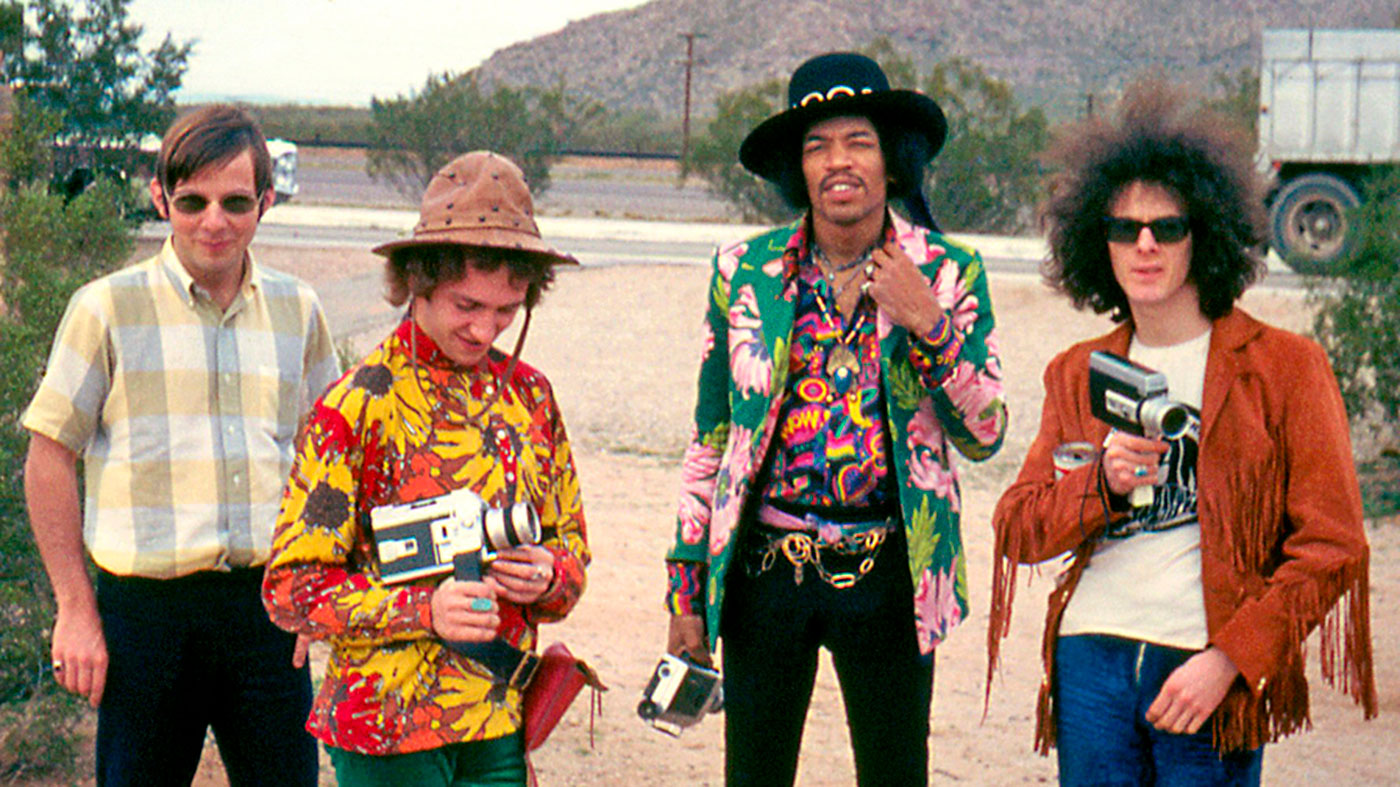
Famous for his cutting-edge studio gear and effects, Roger Mayer played a pivotal role in helping Jimi Hendrix realise his musical visions on the seminal album Axis: Bold As Love, which celebrates its 50th anniversary this year.
Scientist Roger Mayer is one of the few original innovators of rock ’n’ roll from the 1960s who is still at the cutting edge of sound research and design. After acquiring his first guitar (a good old Hofner Senator), it wasn’t long before the instrument was in bits and under close scrutiny in order to be rebuilt with his own upgrades and modifications.
While working for the UK government in acoustic analysis in his teens, he turned his hand to developing and inventing revolutionary guitar tones with the likes of Jeff Beck and Jimmy Page for 60s hit records, and later struck up a close friendship with new kid on the block, Jimi Hendrix.
Knowing the possibilities of where we could break new ground influenced the way he wrote the songs and the way he imagined the songs in his head
Roger first approached Jimi with his latest invention, the Octavia pedal (as debuted on Hendrix’s Purple Haze), and he soon became known as the guitarist’s “secret weapon”. The pair immediately hit it off and began discussing the creative potential of guitar effects and recording studios.
Roger and Jimi (at the tender ages of 21 and 25, respectively) would ultimately break new musical ground on Jimi’s sublime 1967 album, Axis: Bold As Love, as they then set about creating a timeless psychedelic masterpiece that is still blowing minds to this day.
Today, we talk to Mayer about what went on behind the scenes with Jimi during one of rock’s most monumental sonic voyages of discovery…
In what capacity did you and Jimi work together on Axis: Bold As Love?
Get the MusicRadar Newsletter
Want all the hottest music and gear news, reviews, deals, features and more, direct to your inbox? Sign up here.

Under the microscope: Jimi Hendrix's 1967 Monterey Strat - in pictures
“I was there as a friend to help him and explain avenues that we could go down regarding the possibilities. Knowing the possibilities of where we could break new ground influenced the way he wrote the songs and the way he imagined the songs in his head. Most people that work together develop their own kind of language to talk about what they want to do. We would discuss the vision of the song and the end result that he wanted to achieve.”
So it was all about expanding the creative potential with regards to sound?
“Basically, yeah. And also, how to make people get a different emotion from the sound. We had to imagine what the sound would be. Jimi and I had an idea of how the sounds were travelling - we had to paint a moving picture. Axis: Bold As Love is supposed to take you on a journey, but it was about how the audience would react to the music. What’s the story? What’s the emotion as the story is told?
“As you take the people on the journey, sonically, are we diving them into an electronic cave as the guitars start to emerge? Are we zooming up into the sky then rolling over and diving again? All these kinds of motions - we were thinking in 3D.”
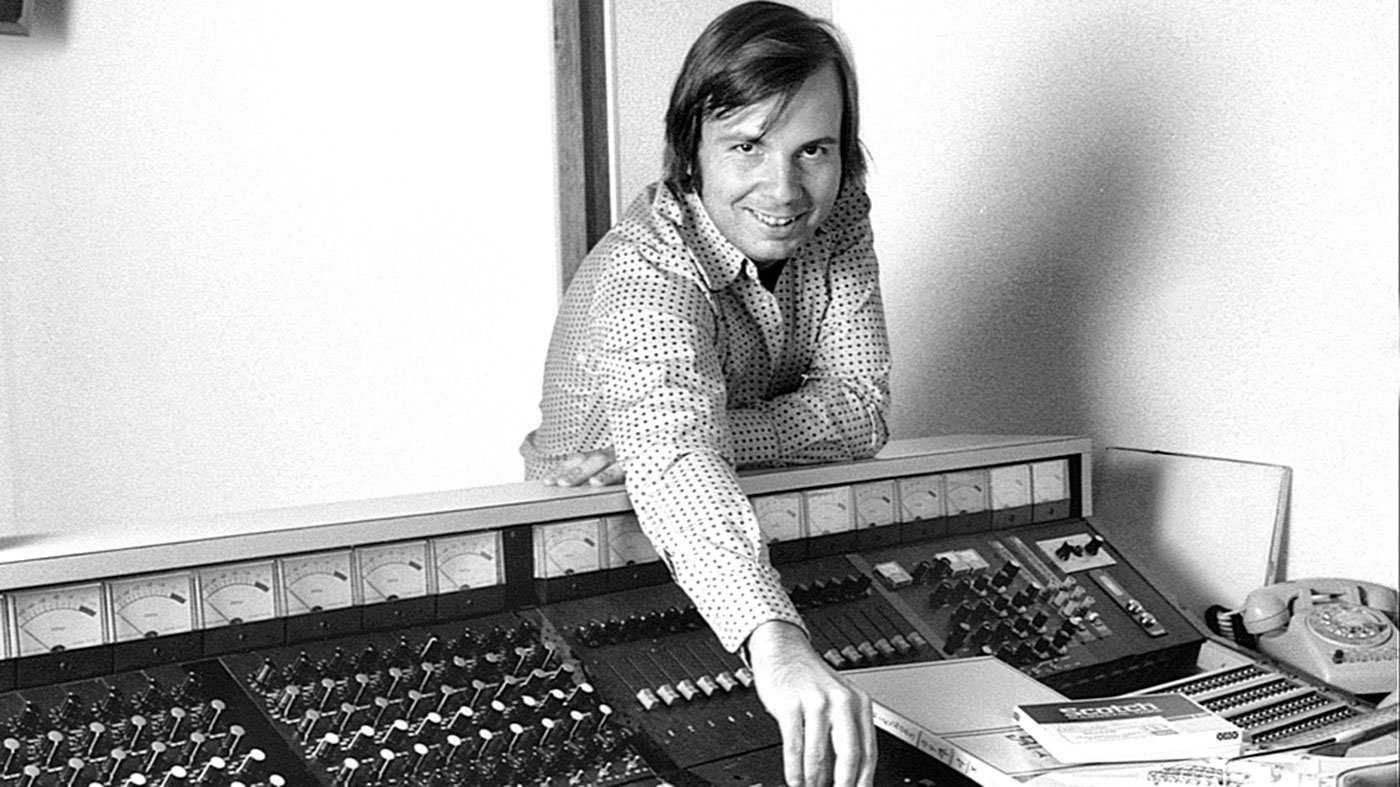
How did Jimi convey these ideas for you to translate into new sounds?
We would talk about the vision of the sound. The Octavia, for instance: it’s like what you see when you hold two mirrors in front of each other
“If Jimi had an idea, we would talk about the vision or the concept of the sound. The Octavia, for instance: visually, it’s like what you see when you hold two mirrors in front of each other. What was happening electronically was very sophisticated and similar in concept where we got multiple mirror images of the signal. I used all these different electronic techniques to work out these ideas. We had all these juxtapositions in mind.
“For example, if you’ve got two different sounds you could say, ‘They sound different.’ Well, electronically you could take the two sounds and mathematically work out what’s different between the two. And then what happens if we amplify the difference between the two? What does that mean? Does that mean they’re super different? Or does it mean they’ve jumped to another plane?”
It sounds as though there was a strong philosophical connection between you and Jimi…
“Yeah, in a fun way. Some of the most profoundly different scientific discoveries have been made just because somebody’s said, ‘Let’s do it another way.’ The more we understood, the more fun it was and the easier it was to realise something. Both Jimi and I had synaesthesia, where we would see colours in sound - why is that? We found that fascinating. It’s a useful ability as a sound designer. I was very interested in new sounds for guitars.”
Was Jimi aware of the psychoacoustics thing? And is it safe to say that he had a scientific mind?
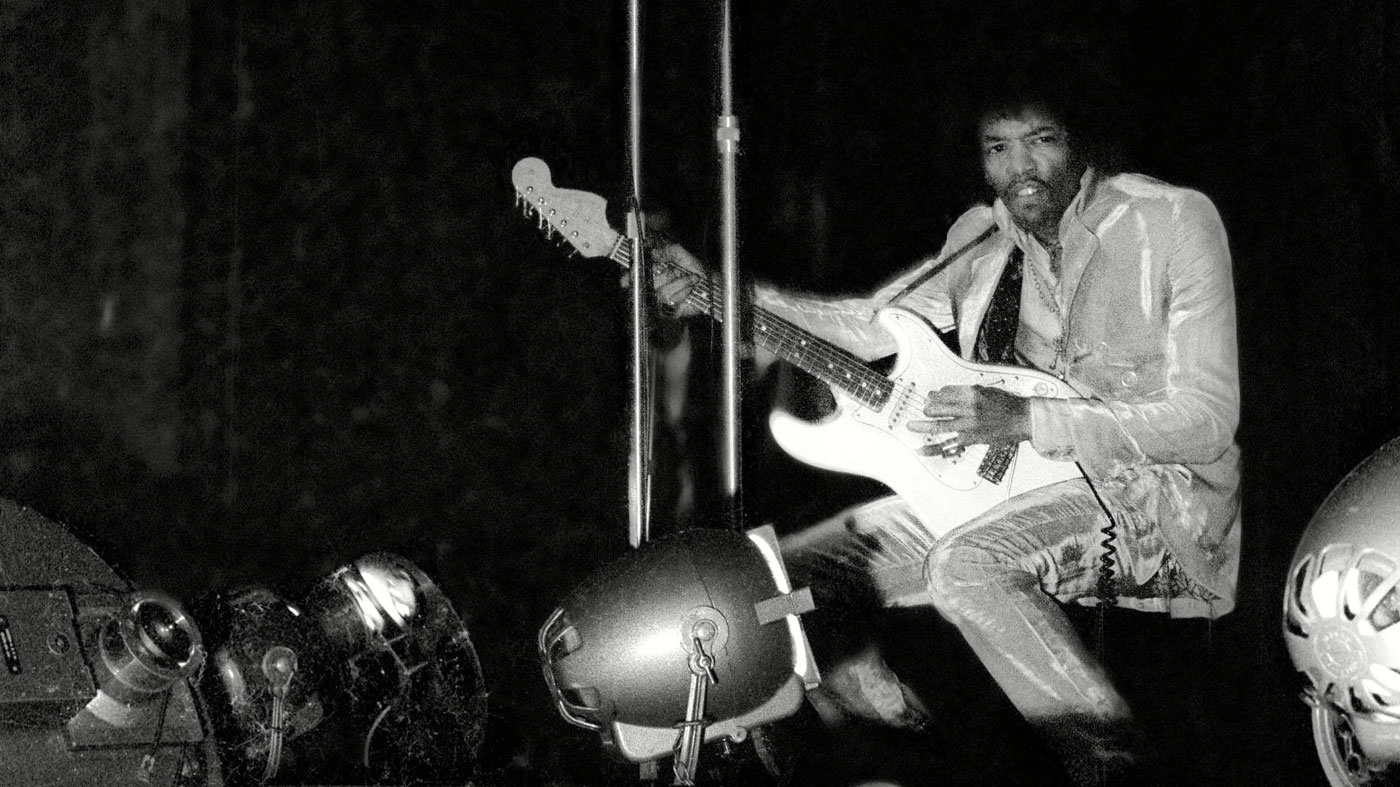
“Very much so. He was really into science fiction, too. We used to read the same books: Kurt Vonnegut, Arthur C Clarke, Frank Herbert… He liked their imaginations, that things weren’t necessarily how you thought they were going to be. We used to say, ‘If you can imagine it, why can’t it be? Is your imagination any less valid than what you call reality?’ I don’t know. It’s one of those deep philosophical questions…”
How important was it for you to understand Jimi’s lyrical imagery?
“Very. Little Wing was a psychedelic story about a spirit and the carnival vibe you’re getting from a festival or a circus. Castles Made Of Sand was partly inspired by some of the science fiction books we were reading, like Dune [Frank Herbert, 1965]. It’s a science fiction kind of fantasy, but really down to earth in a way. Jimi was very good at depicting imagery that people could relate to, but with a bit of a cosmic twist to it, y’know?
“The vision of that song was really important - about things going around and time. The relationship in any chord sequence sounds correct going backwards or forwards, which is where the idea for the backwards solo in that song came from. It’s that free-form flow that makes sense.”
Did Jimi often talk about musical ideas in a visual context?
The sounds of the record could be thought of as bunch of disks floating in space in front of you, like flying saucers
“Oh yeah, he was very cinematic. You can paint a visual picture of how a song can be. The sounds of the record could be thought of as bunch of disks floating in space in front of you, like flying saucers with sounds coming from them and they’re moving around. And what’s the environment they’re moving around in? Now, I’m not inside his head, but in the studio I can help because it’s just being able to think of it that way, y’know?”
How did the emotional content of the song influence the guitar tones?
“What the song had to do and what the solos had to do would determine the emotion we needed to convey in the guitar tone. We knew what sounds to go for because we knew what the end result needed to be. In the studio, I would sit down with headphones on with Jimi as he played and adjust the tone until we found the sweet spot for it. It takes two people to do that.”
So it was about capturing a unique moment in time?
“Ahh, that’s why they call it ‘recording’! It’s not rehearsal. It’s a primary moment in time of creation. It’s like the birth of a star. The birth of a nova. It’s the birth of something and it has to feel like that. It has to feel really, really fresh and really, really exciting and colourful. It’s no good if you can’t dig it or you think everyone else thinks you’re crazy. It was about being privy to what Jimi was thinking and what he wanted to create.”
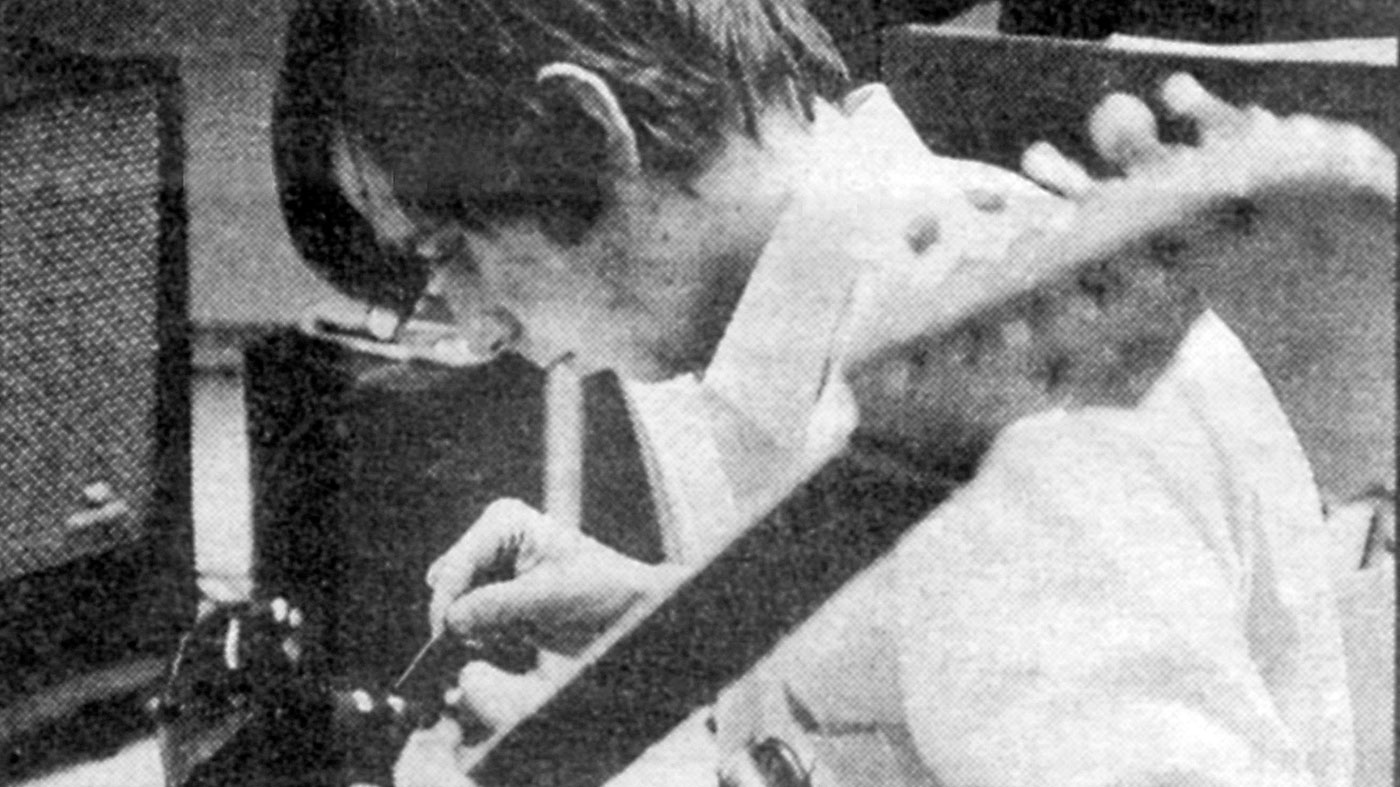
Great lengths
What lengths did you go to in order to get the desired results?
“We did whatever was necessary on that day, at that time to get the job done, with no preconceived notions about what had to be done. It was a team effort - I was helping Jimi because I had the capability to make it happen. Once I had the idea or the vision of the sound I could figure out what I had to do to get that sound, whether Jimi needed a bit of pre-EQ before the distortion or another bit of EQ after it; how we were going to drive it; how the amps are set; how many amps we’re going to use; how we’re going to mic the amps; what kind of reverb we’re going to use; if we are going to use a direct output; how we were going to phase align the two amplifiers… I mean, it’s very complex, but if you don’t have a vision of what you want to achieve, how could you possibly achieve it?”
Did you modify the circuits in effects units for specific tracks?
When wah-wahs first came out, we made a major difference to the sound by putting another circuit up ahead of the wah-wah
“Yeah, I mean, if Jimi needed me to I could spend five minutes with a fuzz circuit soldering in a few components and make it sound different. Back in the day when wah-wahs first came out, we made a major difference to the sound by putting another circuit up ahead of the wah-wah, because the input impedance of the pedal wasn’t that great. And by playing around with the pot you can change how it works or feels. By putting resistors across the wiper of the pot you can change the sweep of the wah - the frequency versus angle. Then you can tune the action peak of the wah by playing with the capacitors or the coil.”
Did you work quickly in the studio?
“It had to be quick because back then Olympic Studios was £38 an hour. As a frame of reference, beer cost 12p a pint, so well over 300 pints of beer an hour! Chas [Chandler] was watching the budget ’cos it was expensive! We really worked as a team. We wanted it to be done pretty quickly to keep the momentum going. There’s an optimum window for recording that’s about four or five hours, and if you do more than that you’re just wasting your time and it’s not productive. You’ve got to keep it fresh, otherwise you’d bore yourself to death!”
Was Jimi generally open-minded with the people around him in the studio?
“Absolutely. But he had a good team around him. Jimi always wanted fresh ideas and to continuously move forward. If something wasn’t working, then the decision would be made very quickly. He always wanted to be working to the maximum potential. It was about finding the sweet spot quickly.”
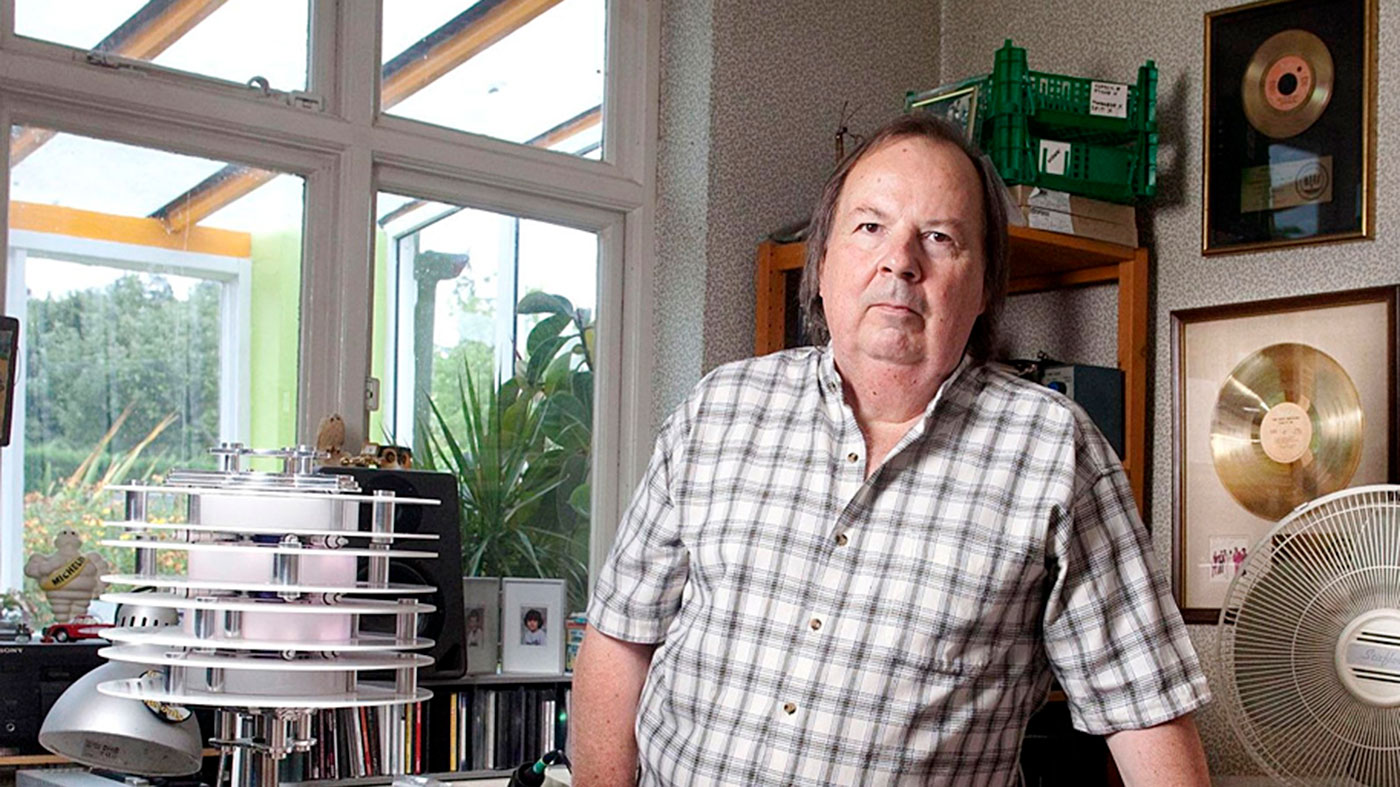
In the mix
How did you approach mixing the album?
The problem with having too many choices in the studio is that it stops people from performing
“Well, the whole point of recording something correctly is that the mix is almost done. You can’t ‘fix it in the mix’ because there are things that mathematically stop you doing that. Once you’ve got the phase wrong, for example, that sound will never sit in the mix; it’ll sound alien. Jimi lost some of the mix in a taxi, but it didn’t really matter - it was quickly done again, no problem. We finished recording the album through October [1967] and it came out a couple of months later. We had to work faster then because of the cost of the studio!
“The sound sources were right at the time. They had to be right because we didn’t have the luxury of postponing the evil moment until we mixed the track. The problem with having too many choices is that it stops people from performing. People think they don’t have to make a choice until later, but by the time they’ve finished they realise they didn’t make the right sound to begin with because they’re not hearing it in context. I mean, you can’t put a wah-wah effect on after you’ve played the guitar, for example - you can’t do it afterwards and this is the whole thing about trying to paste together a performance from too many different parts: by definition, it’s not a performance.”
Axis: Bold As Love still sounds fresh and in many ways it hasn’t been surpassed…
“The first thing we did was to identify what we wanted to achieve. I remember saying to Jimi, ‘Jimi, we want to do stuff that no-one else has ever done before. We can’t think like anyone else. It might be a lonely path, but it’s going to be a lot of fun!’”
Rod Brakes is a music journalist with an expertise in guitars. Having spent many years at the coalface as a guitar dealer and tech, Rod's more recent work as a writer covering artists, industry pros and gear includes contributions for leading publications and websites such as Guitarist, Total Guitar, Guitar World, Guitar Player and MusicRadar in addition to specialist music books, blogs and social media. He is also a lifelong musician.
“I feel like that song had everything we needed to come back with”: Bring Me The Horizon’s Lee Malia on Shadow Moses, its riff and the secrets behind its tone, and why it was the right anthem at the right time
“I said, ‘Are we sure we can write a song about death?’”: The story of Mike + The Mechanics' classic No.1 The Living Years












